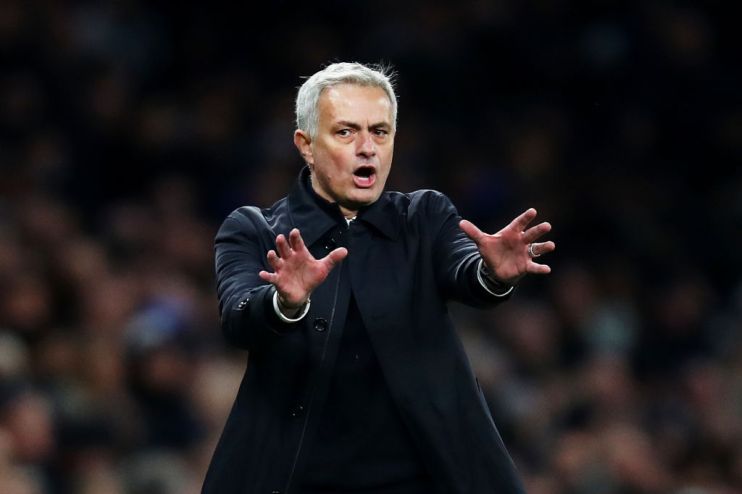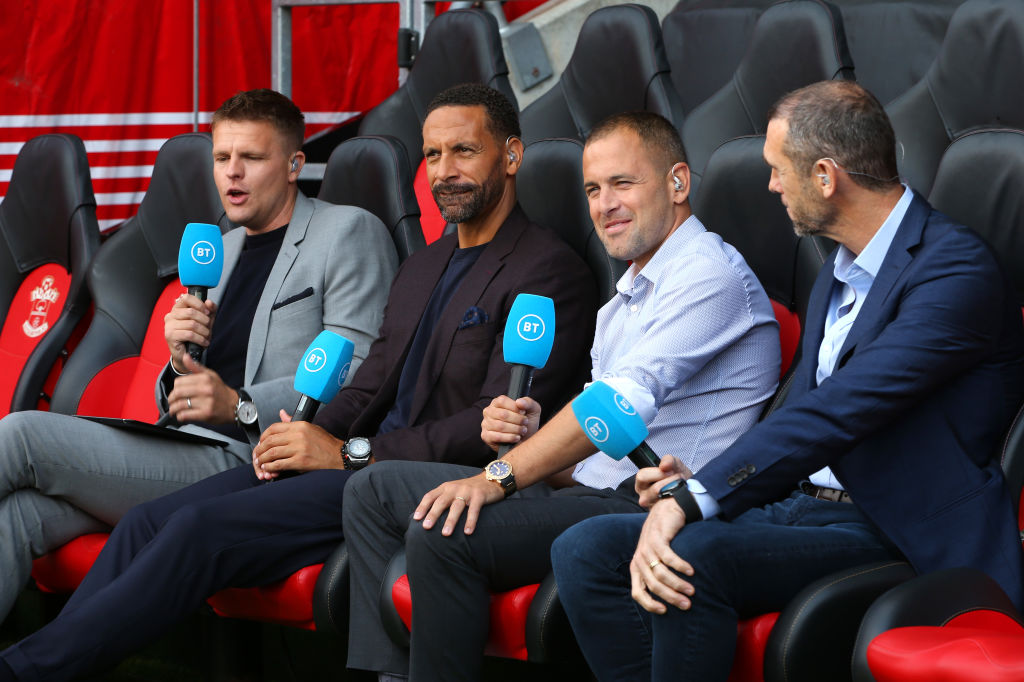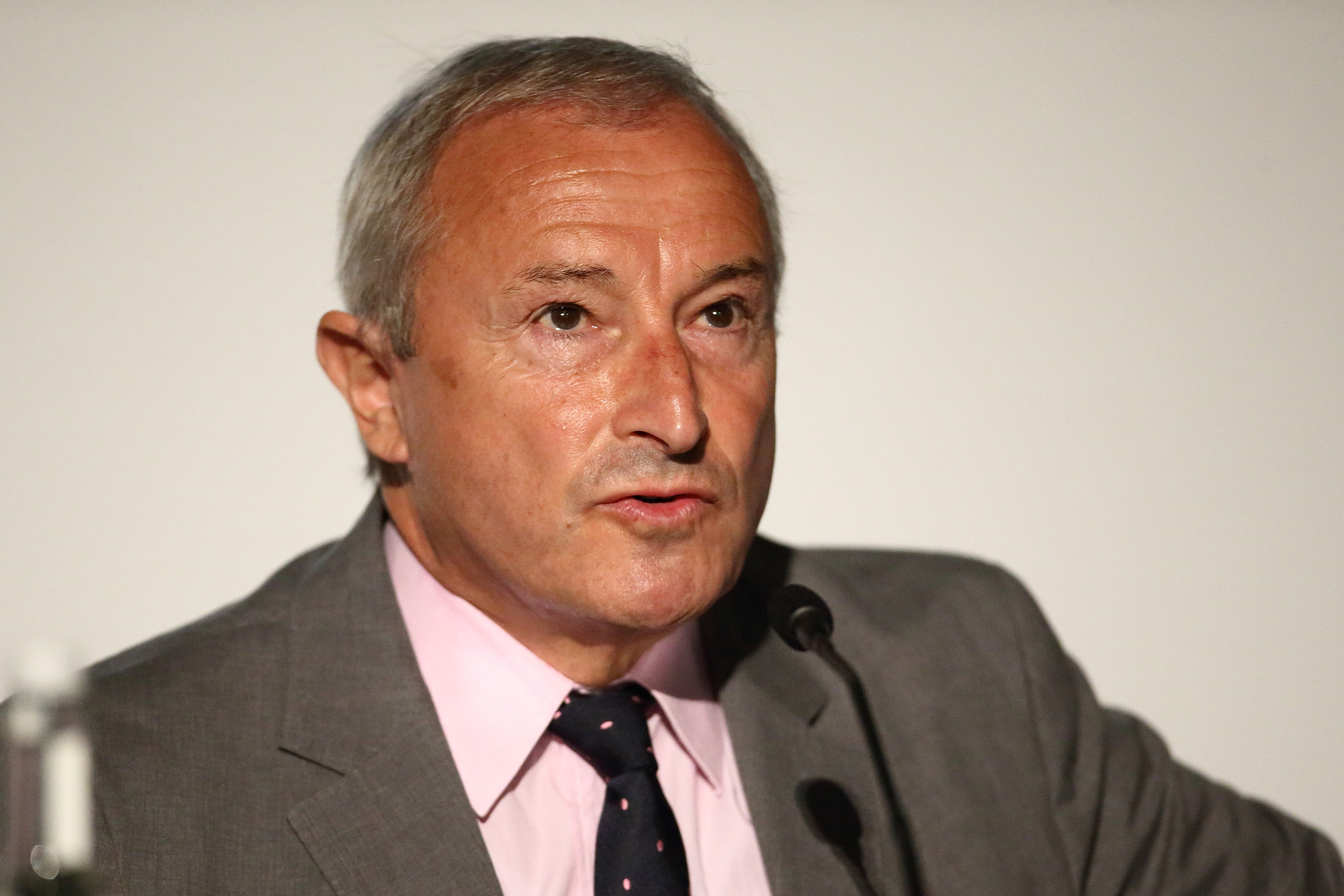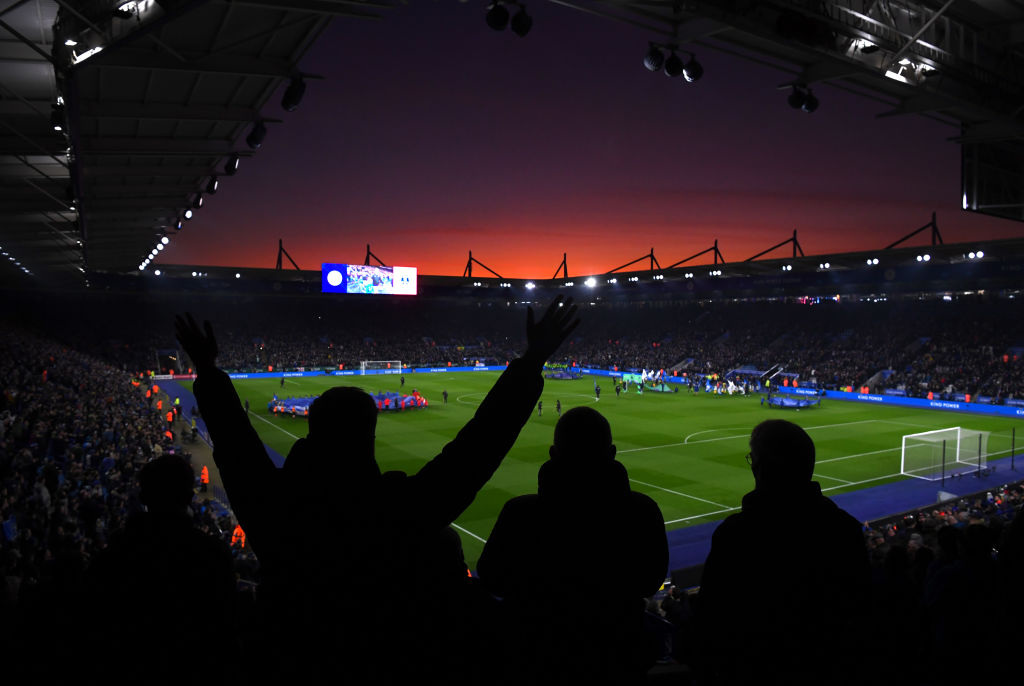Amazon steps into Premier League broadcasting for the first time with big ambitions

December is an important month for the future of the Premier League.
On the pitch, the focus will be on whether Liverpool can sustain their charge at the top of the table, if Jose Mourinho can turn around Tottenham’s fortunes in the long term and which sides are sliding towards relegation.
But off it eyes will be trained on Amazon’s attempts to muscle in on Sky and BT’s stranglehold on UK broadcasting rights.
The US retail giant’s decision to buy the rights to all 10 matches tomorrow, Wednesday and Thursday and the entire Boxing Day fixture programme in a three-year deal turned heads in June last year.
Read more: How beIN Sports became the victim of a massive scheme of piracy
Now, almost 18 months on, it is time for Amazon to show the world what its Premier League coverage will look like and for it to work out whether it is here to stay.
Amazon is the biggest company ever to own UK Premier League rights. In the grand scheme of things, purchasing Package F, after it initially went unsold in the first round of bidding in February 2018, is the equivalent of dipping a toe into the water rather than diving straight in.

Although they ultimately abstained, Netflix, Google, Facebook and Apple were all rumoured to be interested in bidding to show matches and will be watching eagle-eyed ahead of the next rights cycle of 2022 to 2025 to assess the opportunities.
If it is to make its mark at a crucial time of year for the wider business, Amazon must sign up plenty of new customers to their Prime membership, which costs £79 per year or £7.99 a month, impress and then sustain interest over the next three years.
All-out assault
With new customers needing to be wowed, it’s hardly surprising Amazon have pulled out all the stops for a full-on assault.
The company has employed more than 70 hosts, pundits and commentators for its coverage, which entails two games this evening, six tomorrow – including stand-out fixtures Manchester United against Tottenham and the Merseyside derby – and two on Thursday, as well Boxing Day.
The challenges of broadcasting up to six games simultaneously – a factor which understandably put off traditional broadcasters – means Amazon needs an army of on-screen faces and production staff to pull it off.
Familiar faces Thierry Henry, Alan Shearer, Peter Crouch and Harry Redknapp will join hosts including Gabby Logan, Eilidh Barbour and Jim Rosenthal and commentators Clive Tyldesley and Guy Mowbray, with more than 2,000 people in total working on the programmes.
Uniquely, Amazon will broadcast live from all of their 20 matches, with distinct build-up, half-time show and post-match reaction at each, as well as a goals show with covers all the games.

Viewers using the Prime Video app, Fire TV, games consoles, Chromecast and online will also be able to use a feature dubbed X-Ray, which displays live match stats and highlights.
In short, Amazon is going the whole hog.
“Having spent a lifetime working in TV, everyone knows that first impressions are all-important,” broadcasting veteran Rosenthal tells City A.M.
“I’ve looked across the array of talent in every area and I would be very confident that the product will be no different – and certainly not inferior – to Sky or BT, who set very high standards.
“You could take short cuts – have one person in a studio as a presenter and have all the games coming into him – but it’s very obvious that Amazon Prime are doing this properly.”
Increased competition
Amazon joining the party wasn’t welcomed by all. The increase from 168 to 200 Premier League games being broadcast in the 2019-2022 rights cycle didn’t please the Football Supporters’ Federation, who released a statement criticising the expense of another subscription service and worrying whether attendances might be negatively affected.
Rosenthal, who has previously worked for both the BBC and ITV across various sports, sympathises with fans over some of the “ludicrous” fixture times, but argues that the evolution of the market is inevitable and can help drive up the quality of the product.

“In the past, the two major terrestrial stations – BBC and ITV – had the cake to themselves,” he explains. “Since then the cake has been sliced in a lot of different areas and now the latest to have a taste of this wonderful cake is Amazon Prime.
“People have different ideas around competition, but I’m a great believer that competition is good for the market. It was a disgrace in the ‘80s when ITV and BBC just carved up the thing for themselves.
“The advent of Sky in the early ‘90s changed all that and now football has to be open to new areas and new broadcasters. I think this is an exciting new area and we will see where it goes in the next three years.”
You can watch the Premier League on Amazon Prime Video this December for just £7.99 a month, or £79 for the year. For more information, visit: www.amazon.co.uk/premierleague